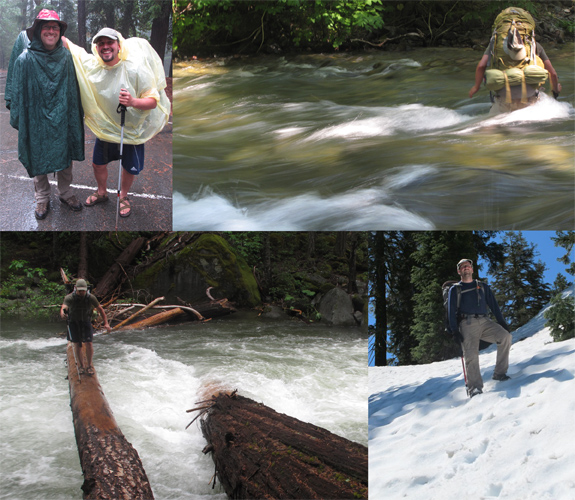Original Publication DATE: 12/25/2011
Why, climb Mount Hilton in the Trinity Alps of course.
As I approached the trailhead the car’s outdoor thermometer read 28oF and, with the windows down, the iPod shuffled Rapper’s Delight for my auditory indulgence. I pulled into the large parking lot at Canyon Creek as the lone (semi-domesticated) representative of the human race. Donning hat and gloves, I hoisted my pack and climbed toward what I hoped would be a world-class penthouse suite. With Sugar Hill Gang resonating in my head–as other drift-less tunes have on previous trips–the lyrics seemed preposterously apropos as I progressed toward the named summit (hotel, motel, Mount Hilton…). What five-star resort could possibly compare to a perch on glacially polished granite–surrounded by sky, stars, and wilderness–with a forecast of continued high pressure and a hard freeze? None in my mind.

Continue reading “Hotel, motel, whatcha ya gonna do today? (Say what!)”


